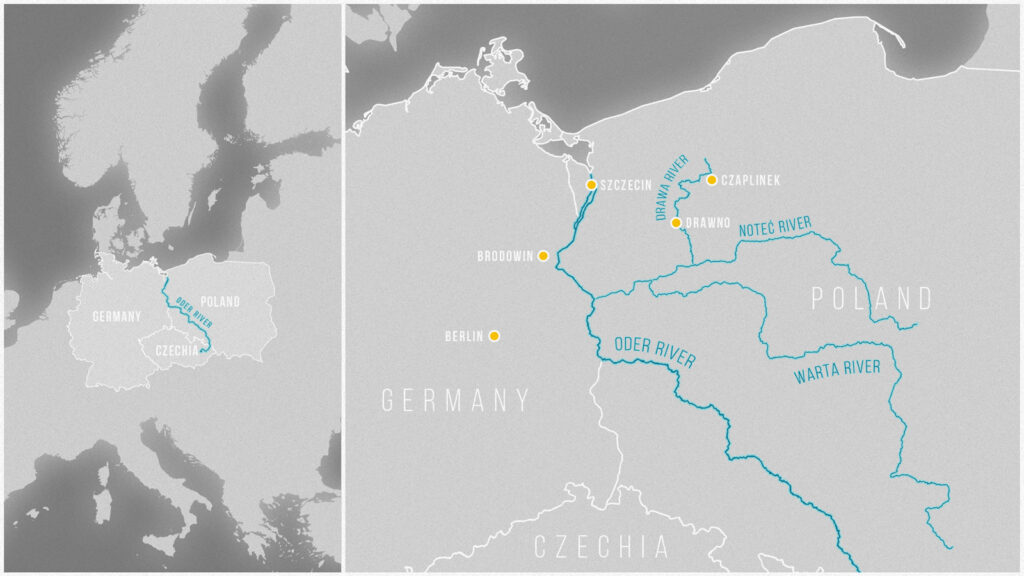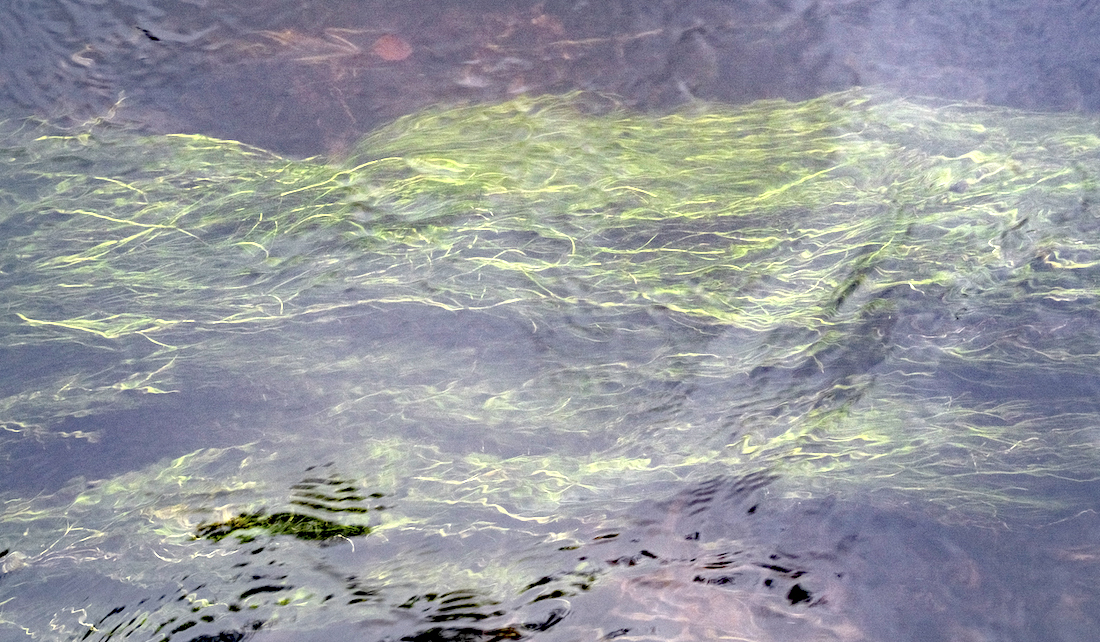This article is reserved for our subscribers
“This is where saving the Oder begins,” says hydrobiologist Robert Czerniawski pointing at an inconspicuous rivulet which falls first into the Drawa river and then into the Oder. The Polish basin of Oder is supplied by ten thousand streams and rivulets like this one.
Just a few years back, concrete rings in the now meandering rivulet made sure that "water flowed quickly and freely, without the possibility of creating any living conditions, like in a canal", Czerniawski explains. Since the removal of the concrete elements and restoration, the water in the rivulet can clean itself and trout has returned to spawn. “Nature uses something immediately,” Czerniawski does not hide his fascination. “Besides, now the water flow is much slower because of the bends”. This means that it stays longer in the environment instead of just rushing towards the Baltic Sea.

The Oder catchment area covers one third of Poland. What happens in Drawa river or in any place in Upper or Lower Silesia, has an impact on the condition of the entire Oder river. “Therefore, it is not enough to take care of the Oder riverbed only. It is as if, when saving a tree, we only dealt with the trunk and ignored the crown, leaves, and roots,” explains Artur Furdyna, ichthyologist and the field coordinator of the project LifeDrawaPL, the most expensive river restoration project in the history of the European Union.
The EU allocated almost seven million euros to create appropriate conditions for the return and development of critically endangered species of fish and aquatic plants and the construction of fish passes on the Drawa River. Now, among others, salmon, which is an indicator of good water quality, can migrate freely again.
“We will not survive with one salmon”
Some local farmers are sceptical about salmon protection in the area. They have another problem: “the small lakes in the upper part of the Drawa River are practically dry”, says Stanisław Baliński, a 74-year-old farmer during a meeting about the challenges for the Drawa basin. He stresses the need to increase the water level on one of the lakes in the area. He does not understand why there is a shortage of water in Drawsko Lake District if there is as much rain as always.
“Drought can still occur despite the normal rainfall”, reminds Furdyna. “Our actions, among others pumping out underground water to irrigate crops, reduce the absorption.”
Czerniawski, who is also present at the discussion, emphasises that we cannot only look at our own backyard while speaking about water resources. If we plan to interfere, we must do it wisely, while considering the entire ecosystem, because uncoordinated actions will cause harm. “We cannot just place a weir or a penstock in a higher place and not care what happens downstream”, warns Czerniawski.
The experts' arguments do not seem to convince the local farmers. They claim that they are "fighting for survival and food security" since "we will not have enough with just one salmon."
Hydrobiologist Tomasz Krepski warns against such statements. “If we do not take care of every level of this ecosystem we will have water that will be of no use to us.”
Which food security?
Furdyna is wondering which food security the farmers from the Drawsko Lake District are talking about. “Ten percent of the current production would be enough to f…












